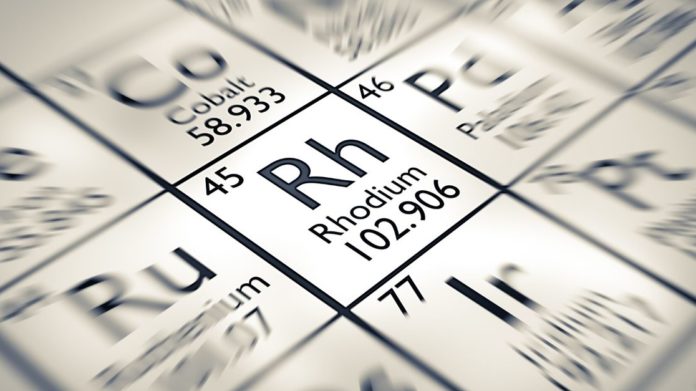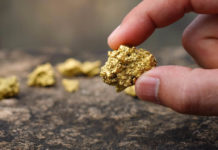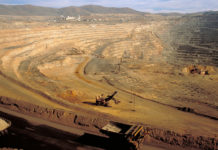
THE standout increase in precious metal prices made all the difference to Sibanye-Stillwater which posted a tripling in third quarter earnings (Ebitda).
In addition, the company’s US palladium and platinum mine Stillwater was profitable at Ebitda level. Stripping out finance charges, and including US subsidies the mine looks safe at these metal price levels.
Group Ebitda was R9.9bn for the third quarter (2024: R3.3bn) driven by platinum group metal price improvements, especially at its South African mines where it produces rhodium. The average basket price in rands was 32,438 per 4e ounce (2024: R23,909/oz), significantly higher than the R27,240/oz booked in the second quarter.
As AISC fell, this resulted in Ebitda from South African PGMs of R4,96bn – contributing more than half of group’s Ebitda in the quarter.
The turnaround at Stillwater was less stark in numbers but perhaps more impressive given the ebb the operation was at last year. Sibanye-Stillwater cut back production at Stillwater and acknowledged the mine was fighting for survival. It today produced $33m in adjusted Ebitda of which $10m was from US credits.
Sibanye-Stillwater’s gold mines reported R3,73bn in Ebitda (R1,35bn) and about R750m more than in the previous quarter in line with gold’s remarkable record-breaking prices, the full extent are likely to come through in the fourth quarter.
Richard Stewart, reporting Sibanye-Stillwater’s numbers for the first time as CEO following the retirement of founding CEO Neal Froneman, said the group was on course for registering the upper end of production and cost guidance. It reflected “greater operational stability post the restructuring undertaken in 2023 and 2024, and with the quarter-on-quarter,” he said in comments to the third quarter results.
“New CEO Richard Stewart’s commentary was measured and execution-focused, with emphasis on cost discipline and operational stability,” said UBS in a report today.
There are unresolved matters for the 2026 financial year including a new production plan for Kloof. Sibanye-Stillwater shut the West Rand mine’s 7 shaft following ongoing seismicity. Thid quarter production at the mine was 19% lower year-on-year as a result of the shaft closure. The other issue for Sibanye-Stillwater is a ramp-up plan for Keliber, its lithium project in Finland.
Lithium prices continue to struggle after the market moved into a surplus in the first half of 2023. This had resulted in reductions in expected prices. “As a result, we are currently assessing various scenarios to ensure a responsible start up of the project considering market fundamentals,” Stewart said.
Another potential hazard is gold wage negotiations, currently underway. On October 9, the National Union of Mineworkers referred discussions to arbitration at the Commission for Conciliation, Mediation and Arbitration, adding that it would “not back down”.
The union has demanded a R1,500 increase per year for three years for category 4 to 8 workers, and an 8% per year increase for artisans. Sibanye-Stillwater’s offered a 4.5% per year wage increase, a R50 increase to the Living Out Allowance, and a R30 increase to the medical aid subsidy.
The last wage deal, which was only for 12 months and comprised a R900 increase for entry level miners and a 5.5% hike for artisans, ended in June.
Stewart also warned of price volatility in the firm’s precious metals, though macroeconomic conditions remained especially “constructive” for gold.









